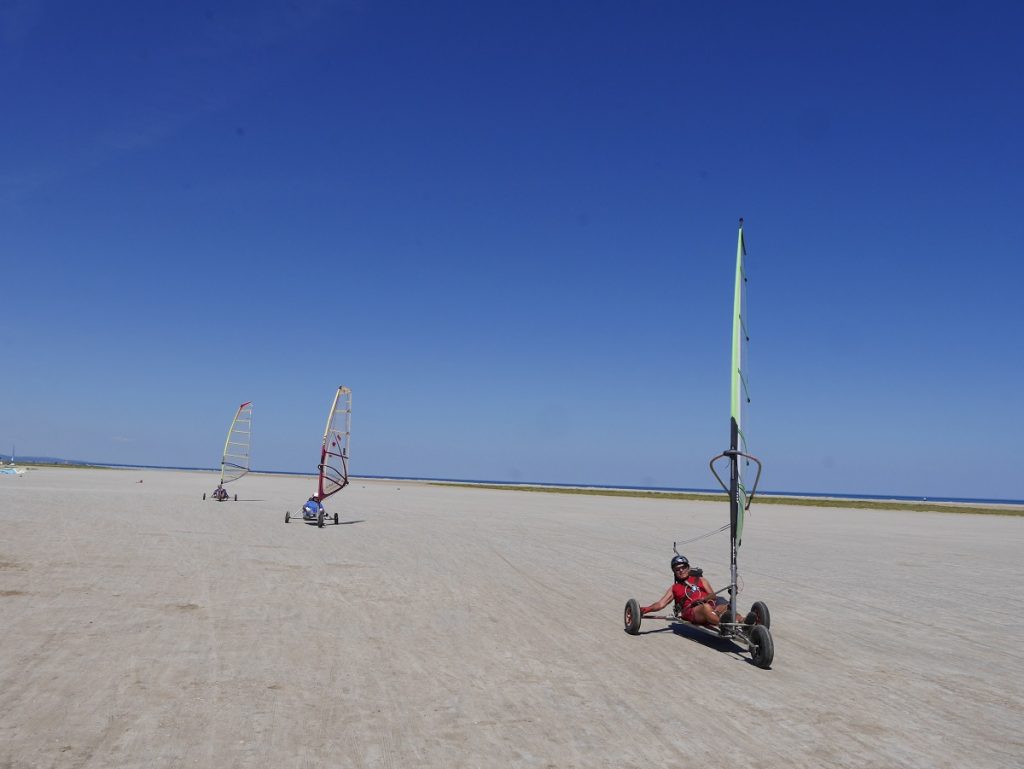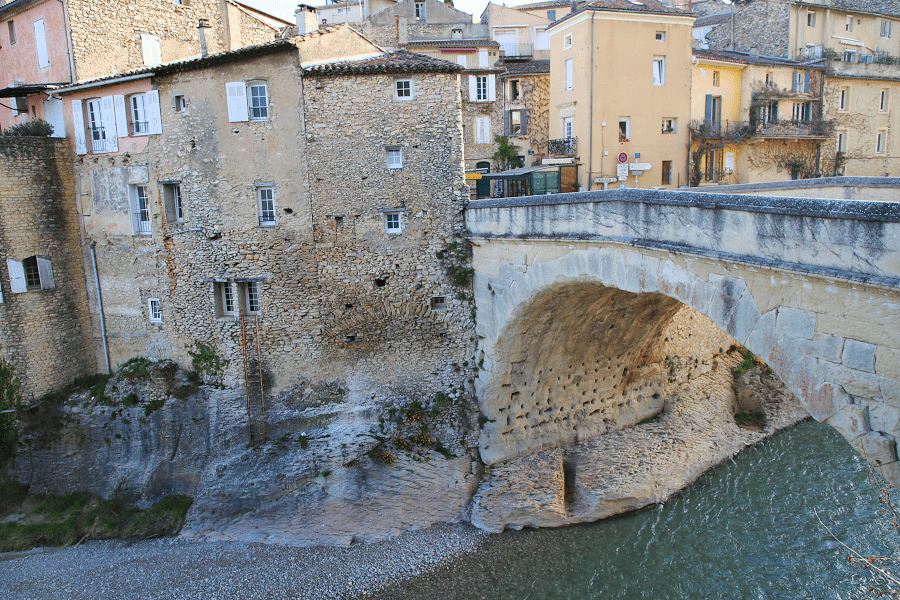La Romieu (L’Arromiu in Gascon) is a commune in the north of the Gers department in the Occitania region (France).
Historically and culturally, the commune is part of the Condomois, a former county of the province of Gascony.
Exposed to an altered oceanic climate, it is drained by the Petit Auvignon and other small streams. The commune boasts a remarkable natural heritage, with two natural zones of ecological, faunistic and floristic interest.
La Romieu is a rural commune with a population of 555 as of 2021, having reached a peak of 1,584 in 1793. Its inhabitants are called Roméviens or Roméviennes.
The name of this medieval settlement, “l’Arroumîu” means “the pilgrim” (a “roumieu” was originally a pilgrim to Rome, but the term was applied to all pilgrims).
The village is a member of the association – The Most Beautiful Villages of France.
Main attractions
The commune’s architectural heritage includes three buildings protected as historic monuments: the collegiate church of Saint-Pierre, listed in 1901, the Cardinal d’Aux tower, listed in 1928, and the Château de Madirac, listed in 1964.
Influenced by both Southern Gothic and Northern art, the collegiate church features a single, four-bay nave, 36 meters long, 15 meters high and 9 meters narrow, ending in a polygonal apse. The church is characterized by its Gothic vault and canted apse. In the choir are the tombs of the prelate and his nephews.
On October 26, 1901, the church and cloister were decreed as historic monuments.
An octagonal tower, which stands on the eastern side of the apse, comprises three vaulted rooms (one per level) and 168 steps and culminates in an open workroom at the top. The first floor serves as a sacristy, adorned with 14th-century paintings (16 singing or musical angels escorted by the d’Aux family). The church has a 33-metre steeple.
To the north of the church, adjoining its first two outer bays, the square cloister – with its four galleries of eight geminated Gothic arcades – is a majestic work of art, probably built in the 14th century. Despite some clumsy restoration work, traces of the richly carved decoration of oak leaves, vines and ivy, mingled with human and animal figures, can still be seen. From the cloister, a machicolated archway leads to the church. It supported the vanished upper floor of the convent buildings.
The Tour du Cardinal d’Aux was listed as a historic monument in 1928. Together with a section of the surrounding wall, it is the only remaining element of the cardinal’s palace, built by Cardinal d’Aux, to the southwest of the collegiate church. The western entrance to the palace was on Rue du Puits.
The Chateau de Madirac Gate: Built in 1582 by Bernard du Bousquet, a Condom magistrate, two atlantes frame the gate of the Chateau de Madirac; a Latin inscription summarizes the circumstances surrounding its construction. The château was listed as a Historic Monument by decree of April 28, 1964;
Château de Saint-Aignan, cradle of the de Saint Gresse de Merens family, with its cedar avenue (private property);
the former hospital of the de Galard de Terraube family, which became the national gendarmerie in the 18th century.
La Fontaine washhouse, an ancient Roman site with its spring and Gothic washhouse.
Environmental heritage
- the Broutés caves;
- the Cavet Blanc caves;
- the Sinaie caves;
- the Mathurin cave;
- the source of Seven Hountas.
How to get to?
From Paris: 6 hr 40 min (739 km) via A10
From Toulouse: 1 hr 34 min (138 km) via A62
From Andorra: 3 hr 50 min (319 km) via A62
From Barcelona: 4 hr 51 min (529 km) via AP-7 and A61
From Madrid: 7 hr 30 min (704 km) via A-1
From Monaco: 7 hr 5 min (718 km) via A8
From Moscow: 37 hr (3,507 km) via E30/M1
From Belgrade: 20 hr 9 min (2,022 km) via E70
From Istanbul: 30 hr (2,971 km) via E70
From Bern: 8 hr 47 min (920 km) via A89
Main information
Area: 27, 48 km2
Population: 555
Coordinates: 43°58′58″N 0°29′55″E
Language: French
Currency: Euro
Visa: Schengen
Time: Central European UTC +1
See here Pyrenees travel guide
See here France travel guide
See here Spain travel guide
























